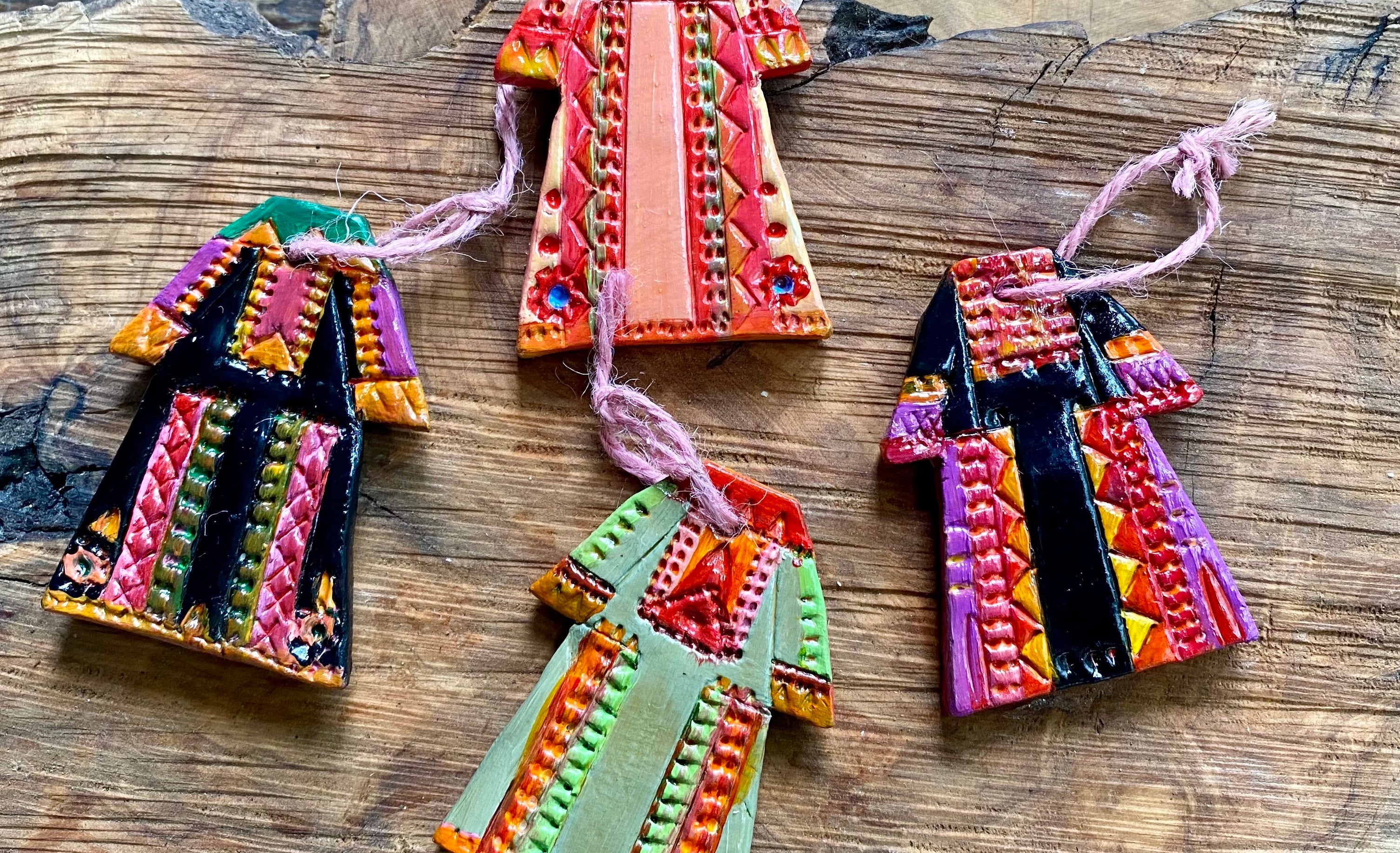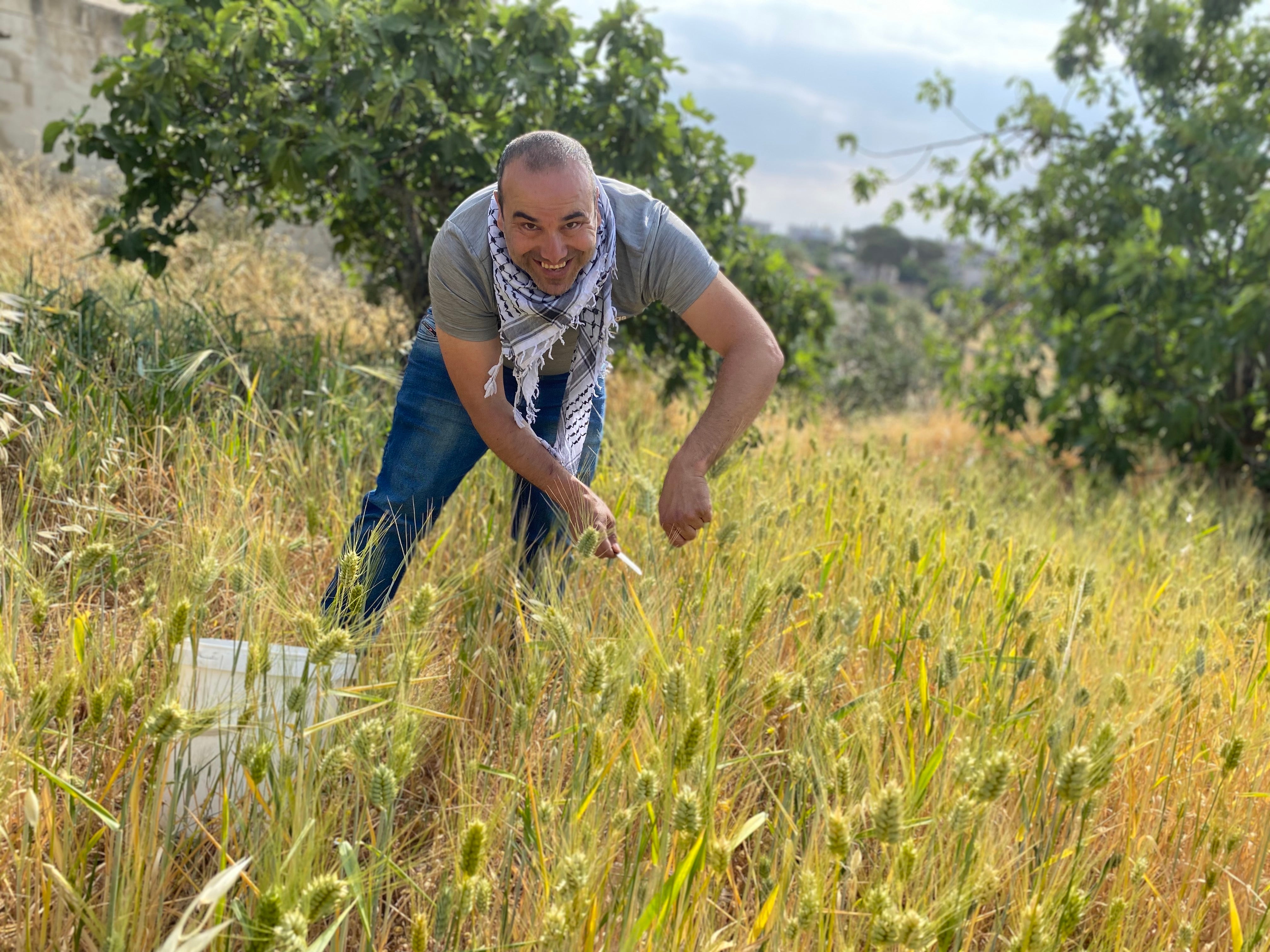
Celebrating Palestinian Costume Day: A Look at Traditional Dress
July 25th marks Palestinian Costume Day, where Palestinians across the world proudly don traditional dress to celebrate the culture of Palestine and their right to the land. With keffiyehs, brass jewelry, and thobes and shawls decorated with intricate tatreez, Palestinians show their presence, their resilience, and their heritage on this day.
This annual tradition started around 2014 as a response to Israeli cultural appropriation of Palestinian traditional clothing. This day has now grown to be a symbol of resilience and a day to celebrate the heritage of Palestine. It’s also seen as an opportunity to preserve this traditional Palestinian dress and to continue being seen proudly wearing it.

Palestinians usually gather in cities across the country and participate in marches to commemorate the day. These marches are also organized beyond the borders of Palestine into the rest of the world to celebrate this heritage!
Throughout these marches, people sing and participate in Dabke, a traditional Palestinian dance. These marches are also filled with the colors of the traditional Palestinian clothing that is so important to Palestinian heritage.

Thobes are well-known and well-loved traditional Palestinian dresses that are wrapped in intricate embroidery, or tatreez, to give each dress a unique pattern. The colors in each thobe are usually an indicator of where the person wearing it is from - with different colors indicating different areas of Palestine. The designs of the thobe’s tatreez also tell stories, ranging from native flowers and trees to national symbols like the Palestinian flag. And this tatreez can also be found on many shawls worn on Palestinian Costume Day!

Each thobe is stitched by multiple hands and is usually passed down from generation to generation. Its history as a traditional dress goes back hundreds of years, with its tatreez telling stories of the villages they were made in. During the First Intifada in the 1980s, the thobe became a huge symbol of resistance in Palestine. It became a way to visualize Palestinians' connection to the land through its history as well as the symbolism in its tatreez.
In fact, there are different tatreez designs for the regions around Palestine, with the red flower for Ramallah and the orange tree and flower for Jaffa. And these are just a few examples of the many unique tatreez designs used regionally! The color of the thobe also indicates the region it's from. Thobes made with deep red fabric come from Ramallah, Jaffa, and Bethlehem, while thobes made with bright red fabric come from Gaza. Those made with deep red and brown fabric come from Hebron.
There is so much depth and so many stories sewn into each and every thobe. In fact, thobes can also feature tatreez that symbolizes milestones and connections in one's life, like marriage and familial relationships. So with a family's story stitched into the design of the tatreez, coupled with the historical and regional symbolism found in the colors and designs, the thobe has become an emblem of Palestinian culture.

The keffiyeh is also a very important piece of traditional Palestinian clothing worn on this day. With its deep history in resilience and national identity, the keffiyeh is internationally recognized as a symbol of Palestine. Wearing a keffiyeh is a way to say to the world that you support Palestine, their freedom, and their right to the land.
Brass jewelry is another traditional piece worn on this day to celebrate the heritage of Palestine. We have a collection of brass jewelry that showcases colorful tatreez as well as patterns that highlight the Palestinian right to return in their designs. From the hatta wave design seen in keffiyeh patterns to watermelons that symbolize Palestinian resistance, this brass jewelry is a mark of the traditional pieces worn to celebrate the culture of Palestine.
So on Palestinian Costume Day, you’ll see many Palestinians wear this clothing to showcase their love for Palestinian culture and resilience. Of course, even though this traditional dress is an indication of steadfastness and strength, many Palestinians assert that they don't need to use traditional dress to claim ancient connection to the land through culture. Palestinians proudly wear it today knowing it is their past and their present.
Keep a lookout for updates on our Facebook page for our upcoming live event for Costume Day festivities this year in Palestine!








Leave a comment
This site is protected by hCaptcha and the hCaptcha Privacy Policy and Terms of Service apply.